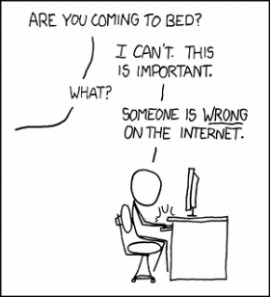As another poster pointed out, what if your hand/arm gets heavy on the wheel and you kick it out of AutoPilot?
For the nag, I use a sock with about 2 lbs of birdshot tied to the steering wheel rim. With practice: it is secure; located away from the airbag, and; full access to the controls. But my CPAP machine remains quite effective and I have a backup dental fixture that works although not as effectively.
One of the best 'home screening' techniques is a
recording pulse oximeter. You wear it at night and the next day scan for low O{2} events. I used it to evaluate the effectiveness of my CPAP and the dental fixture.
I knew someone that suffered from a similar (same?) disorder. Except she didn't tell us . . .
My wife was narcoleptic, not so much since she has become homebound, arthritis. When I first met her, I had a Yamaha 550 with a sissy bar. She would 'go out' on the back and I would lean back to pin her against the sissy bar while slowing to park on the curb. After about 5 min, she'd come back and we'd complete our trip.
My wife's narcolepsy came on after puberty but was not diagnosed for 10 years. She suffered a lot from it before we met up, 42 years ago. I'd had a narcoleptic Aunt too. Regardless, sleeping disorders are common and treatable
once they are diagnosed.
An excellent resource:
Narcolepsy: Symptoms, Causes & Treatments – American Sleep Association
Narcolepsy research continues and we've visited:
Sleep Division. This was a pivotal discovery in 2000:
The Stanford team, lead by Emmanuel Mignot, MD, PhD, associate professor of psychiatry and director of the Stanford Center for Narcolepsy, searched for defects in the brains and genes of narcolepsy patients from around the world. The team found that a small protein or peptide present in the brain cells of most people was absent in every brain of the people with narcolepsy that they studied.
"We think this is the cause of most human cases of narcolepsy that patients don't have this peptide in the brain," said Mignot. "Now we need to develop a drug that can go into the brain to replace it."
The peptide, called hypocretin, was first identified as a culprit for narcolepsy when Mignot and his colleagues found that dogs with narcolepsy had a problem in one of the hypocretin genes. Hypocretin was being produced in the animals but there was a breakdown in the communication system that allowed hypocretin-generated messages to be transmitted into the cell.
Surprisingly, the researchers found that people with narcolepsy generally have intact hypocretin genes. But they found that there is a malfunction further along the hypocretin production line. The peptide is not being produced where it is needed in the brain, where hypocretin seems to be responsible for promoting wakefulness
Bob Wilson






